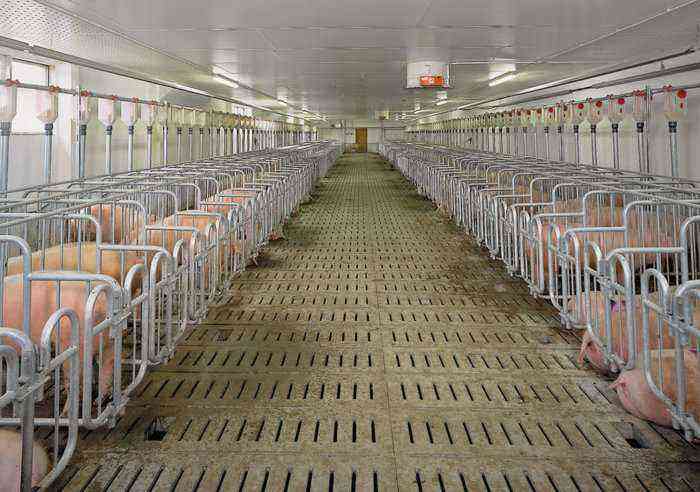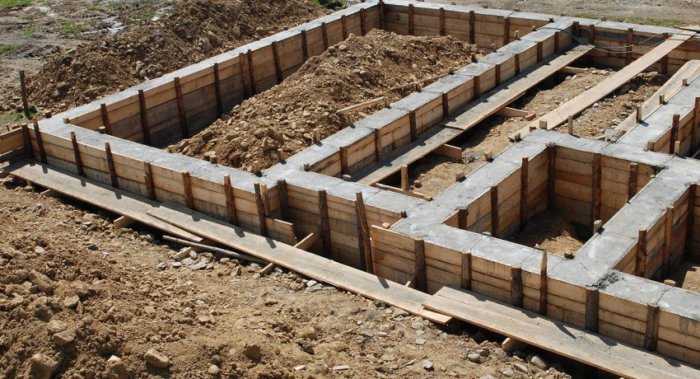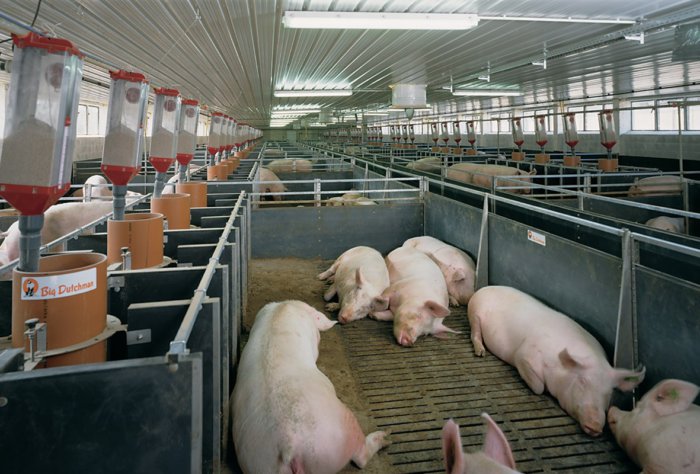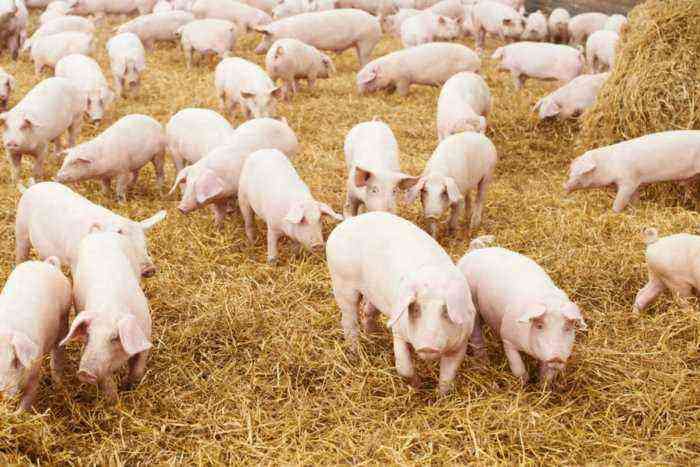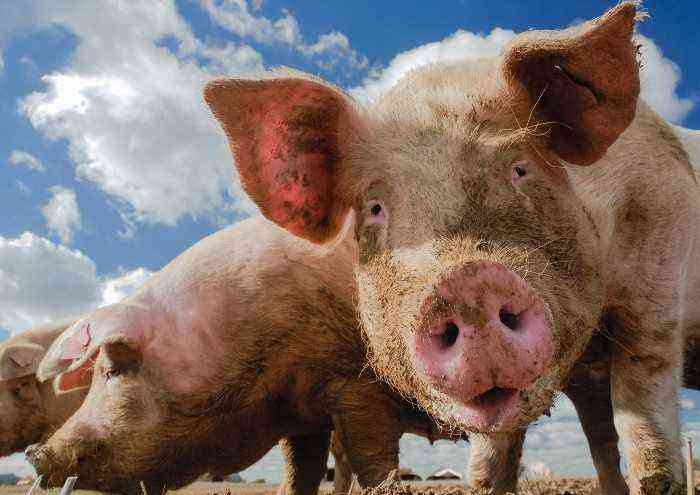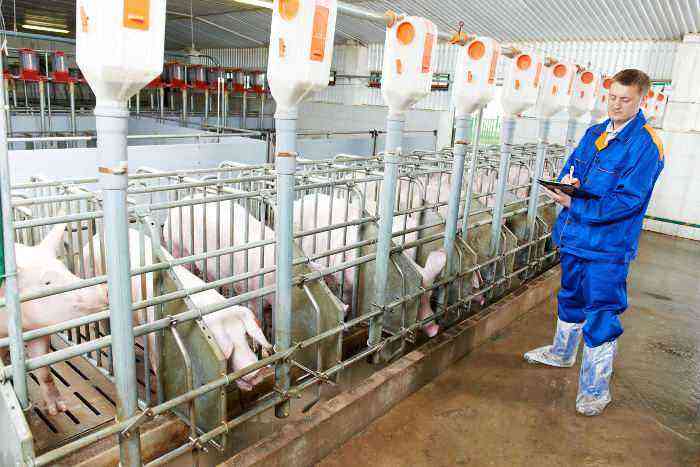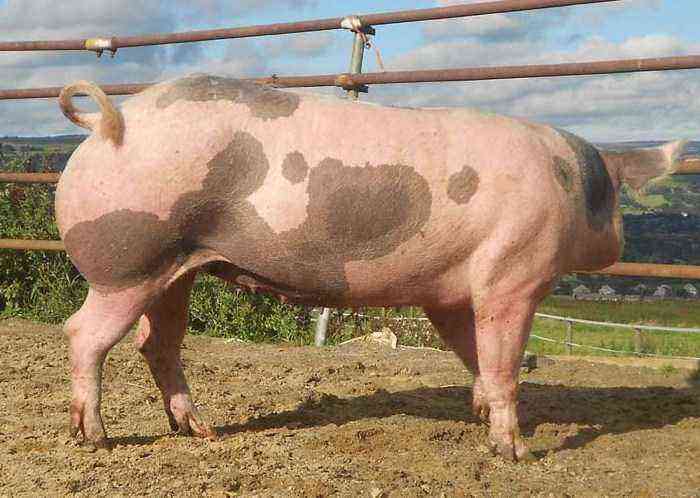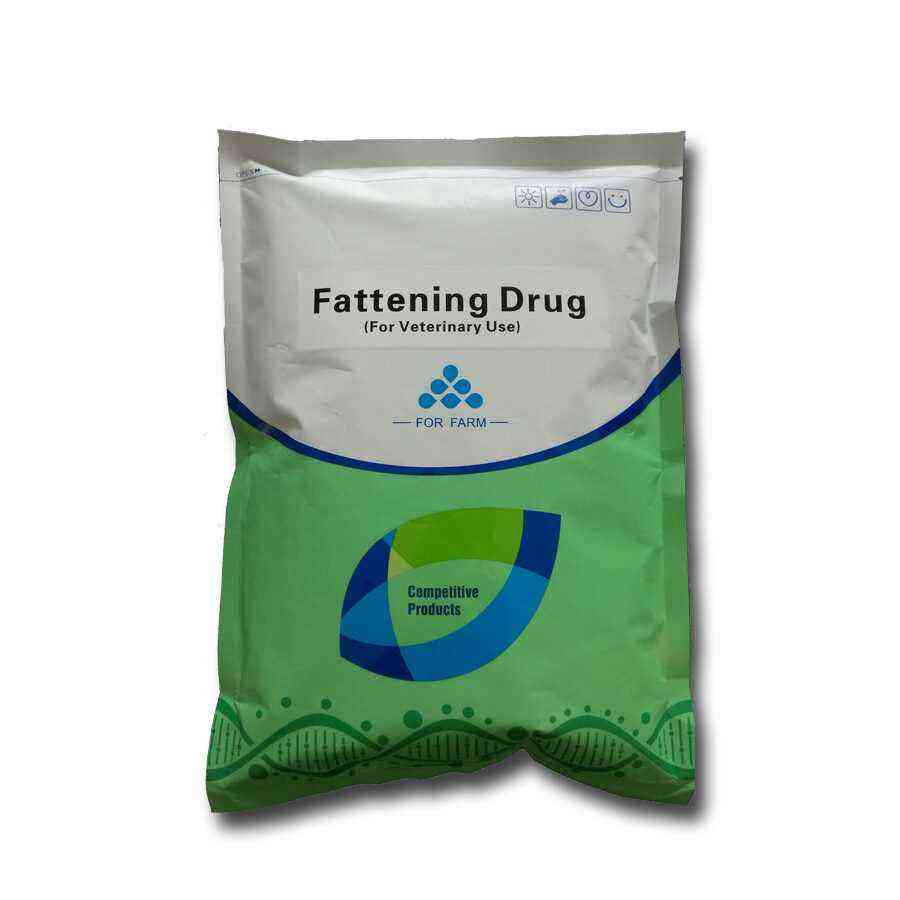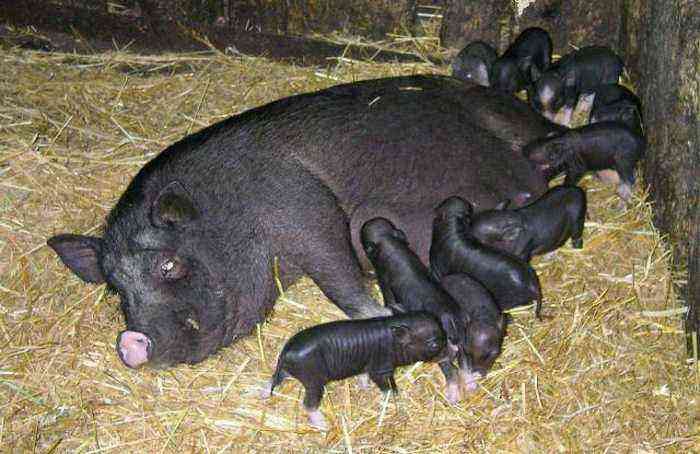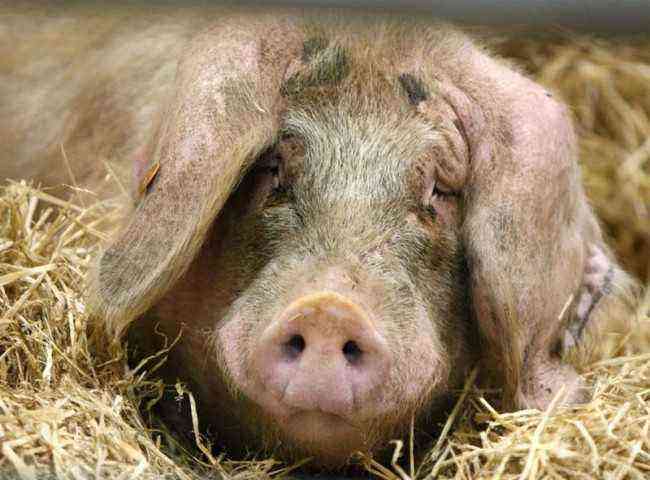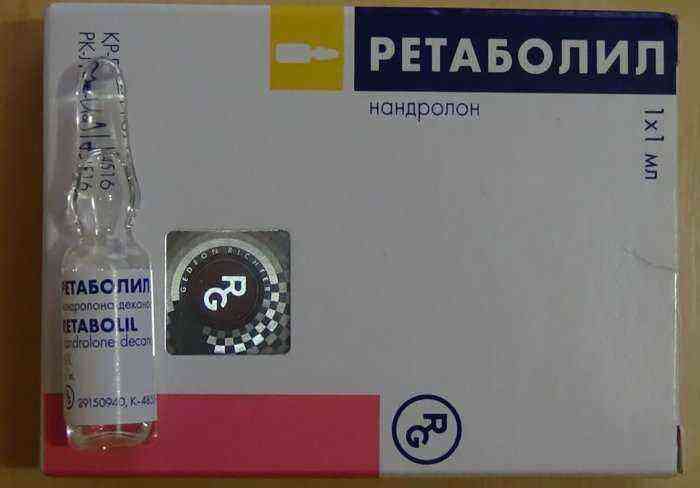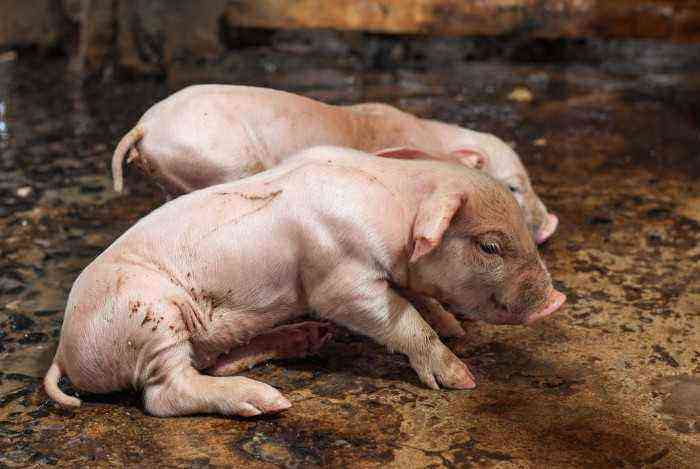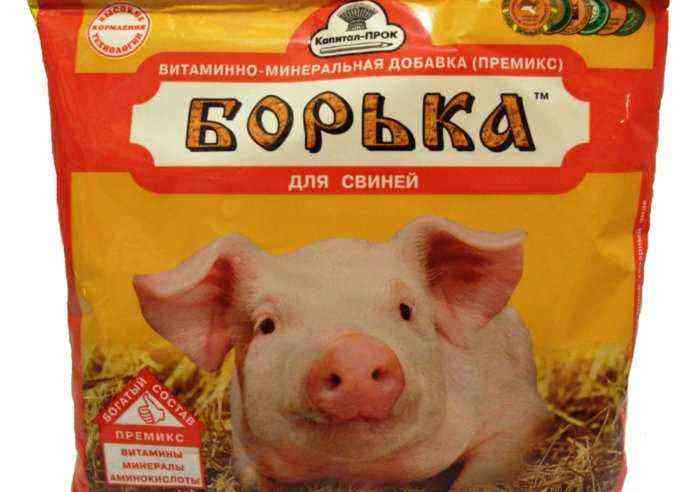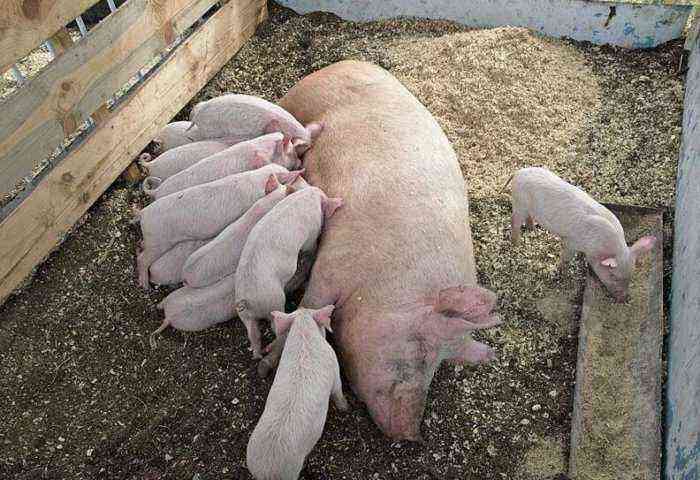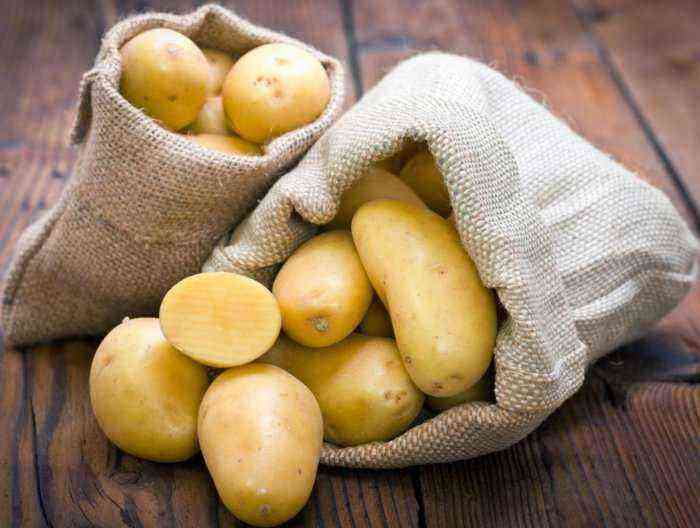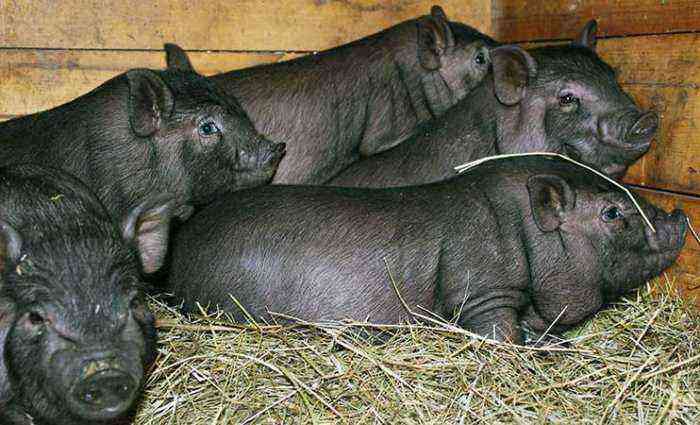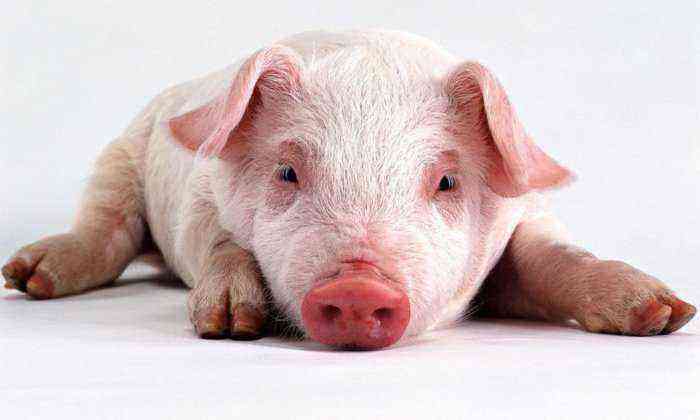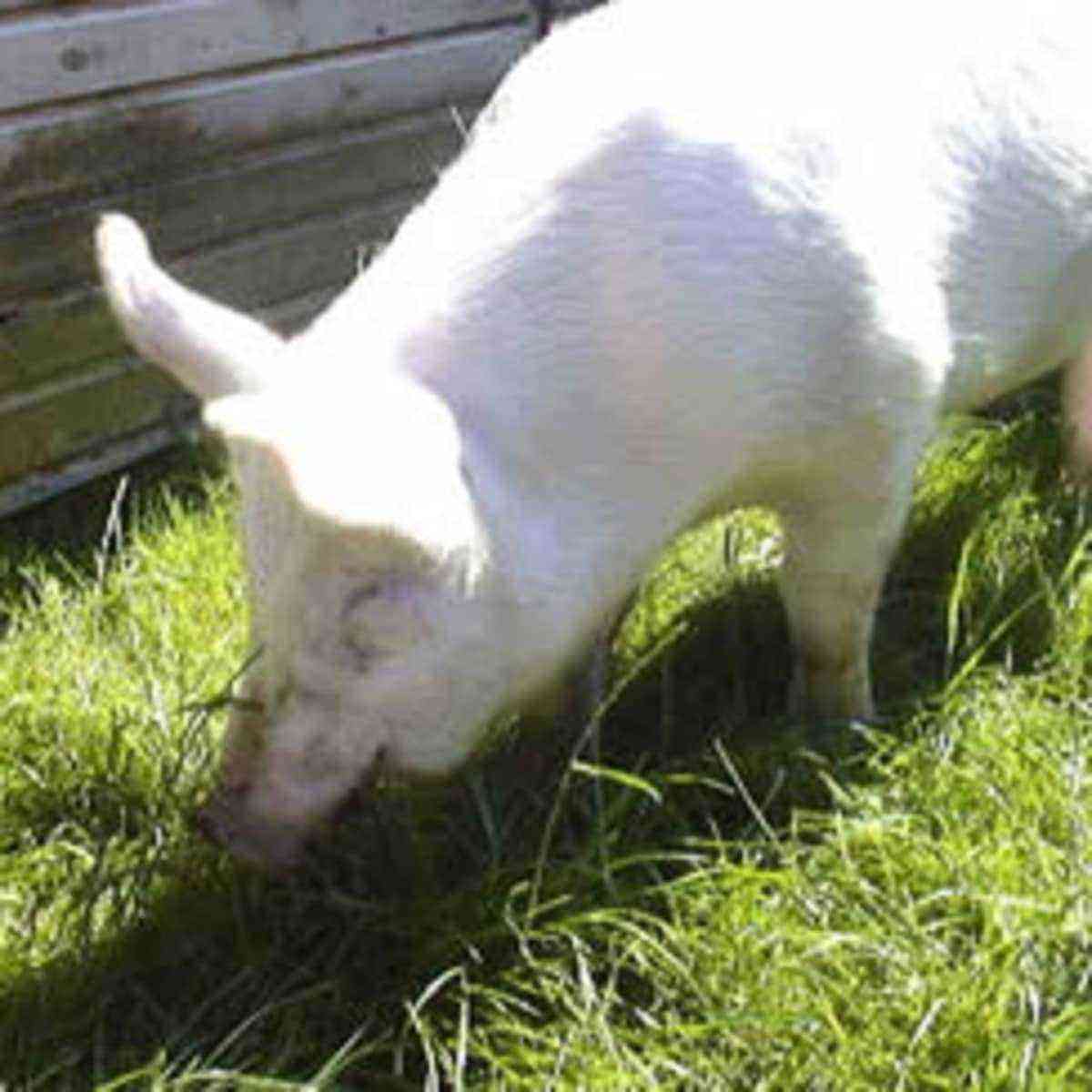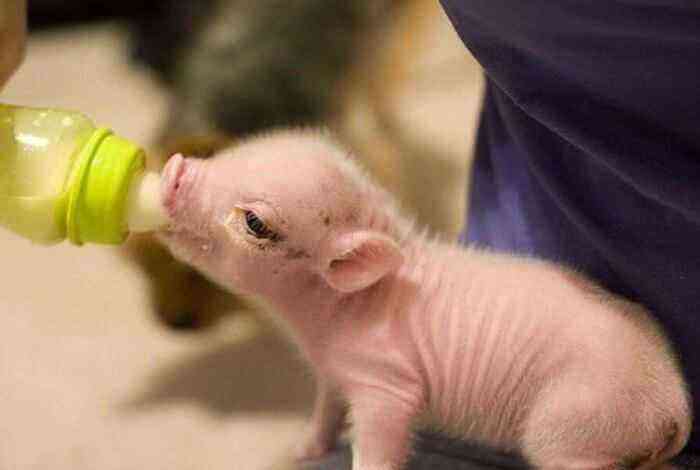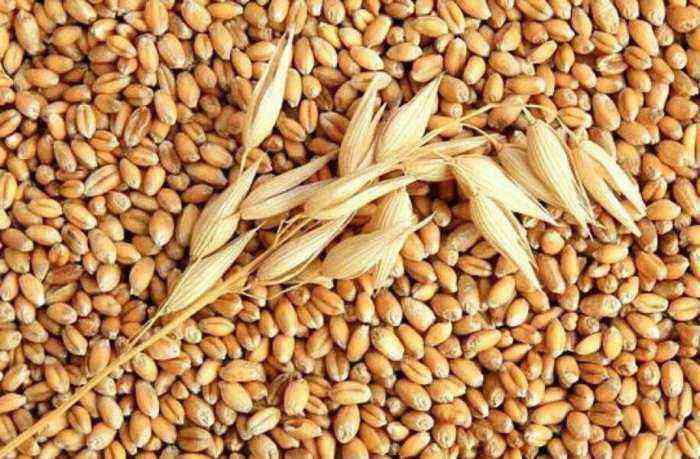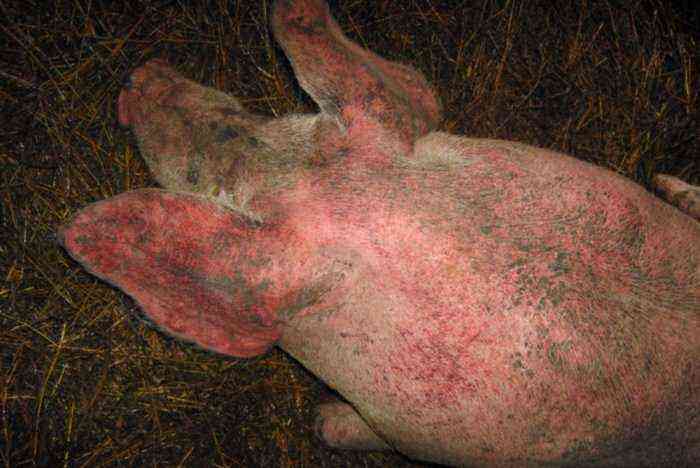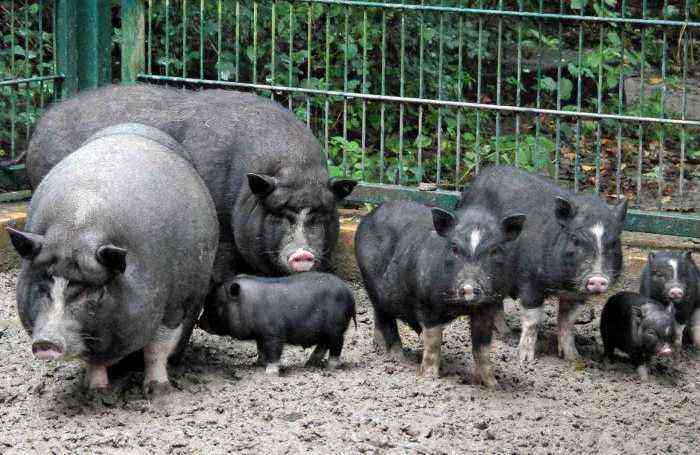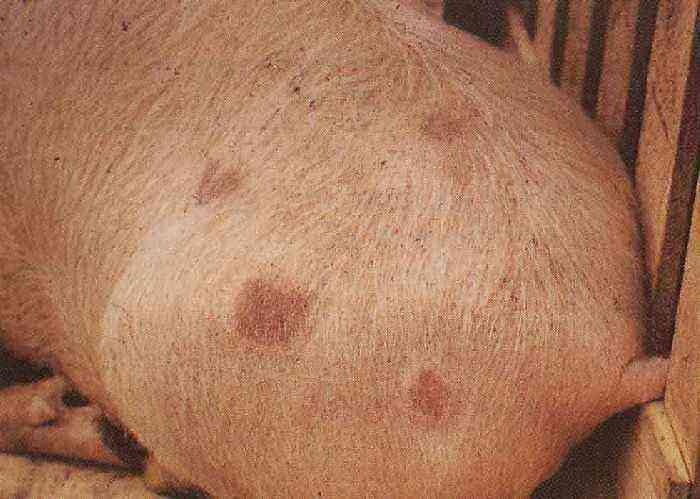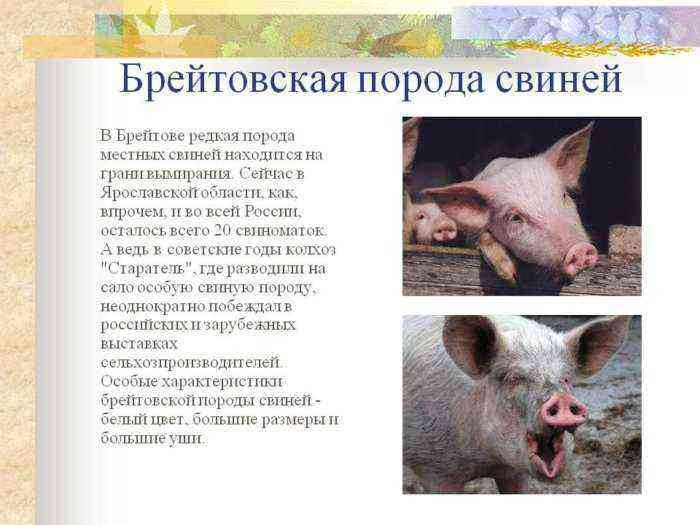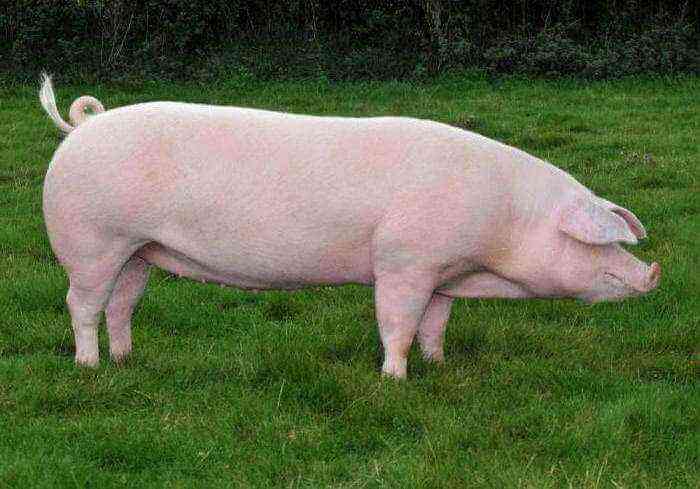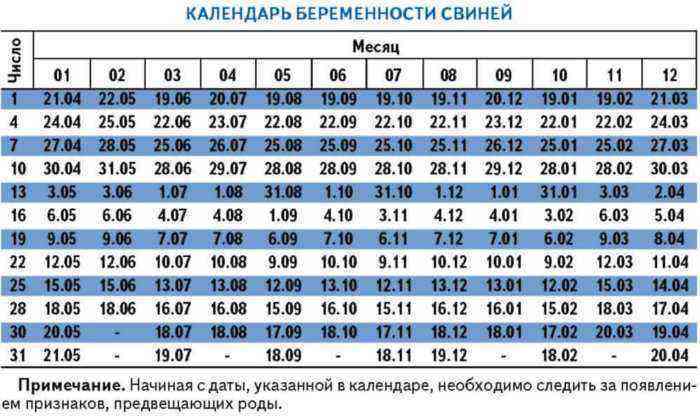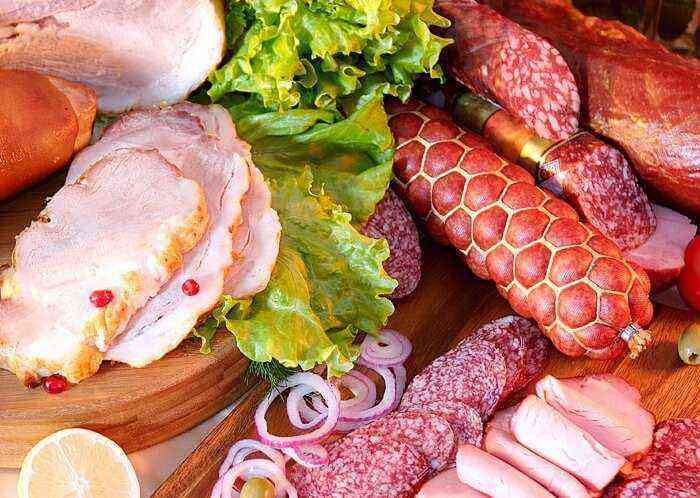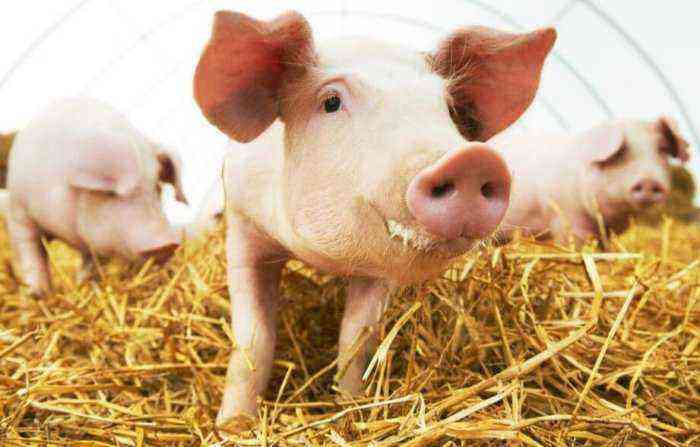Everyone involved in livestock breeding knows that not only nutrition and care are important for the health and proper growth of animals, but also the conditions in which they are kept. If you need to build a barn for pigs, it is important to remember that the room must be spacious and clean. It should maintain the optimum air temperature and humidity level. All building materials used must be environmentally friendly.
barn construction
Preparatory stage
Before you start building, you need to decide what goals you are pursuing. The design of the barn can vary significantly depending on whether you plan to raise 2-3 individuals for meat or want to breed a whole herd of pigs. There are a number of factors to consider when creating a layout:
- approximate number of goals;
- the purpose of breeding pigs;
- duration of content.
Important! You cannot build a pig shed with your own hands without having a clear plan and having only a vague idea of uXNUMXbuXNUMXbwhat you want to get out of it.
Creating a Layout
When creating a preliminary layout of a pigsty, first of all, it is necessary to determine its area and internal division into pens. Here you should not forget about a number of important subtleties:
- young animals can be kept in a pen of 4 square meters. m.;
- each sow should be given a personal compartment of 5 square meters. m.;
- boars also require individual maintenance, for them a sufficient pen area is 4 square meters. m.
Here are a few more points to consider in the project if you decide to build a barn for pigs:
- animals raised for slaughter may be kept in single pens or in small groups;
- the limit on the number of animals in one group is 25 heads;
- not less than 0,9 sq. m. will be required for the comfortable maintenance of one individual in group sections;
- to save space, the stalls are best made rectangular and arranged in 2 or 4 rows with one or two aisles, respectively.
Stall in a pigsty
In the case of year-round keeping of the herd, care should be taken to arrange a paddock for walking in the immediate vicinity of the pigsty:
- place the corral along the long wall of the barn;
- the optimal pen area for boars and sows will be 10 square meters. m., for a fattening herd per individual, a minimum of 1,5 sq. m.
Keeping all these subtleties in mind and roughly imagining the size of your herd, you can easily figure out the layout of the future pigsty.
Site Selection
When choosing a place to build a pigsty, take into account the following:
- The future building should be located no closer than 12 meters from the residential premises, and 4 meters from the border of the site. This requirement is due to sanitary standards.
- Secretory fluids and waste products of pigs have a pungent odor. Therefore, when choosing a place for construction, consider the direction of the wind.
- You will need a convenient approach to the pigsty due to the daily feeding of the animals and the removal of waste. For the same reason, a place for a manure heap should be equipped.
Selection of materials and tools
When building a barn for piglets, you will definitely need the appropriate tools and supplies. In addition to the usual shovel, hammer, a set of screwdrivers and a hacksaw, you should first acquire an electric saw, hammer drill, drill, and other electrical appliances.
The construction of a barn will require the active consumption of such building materials:
- cement and sand for mortar;
- brick for laying walls;
- insulating materials;
- cinder blocks
- wooden beams.
You also need to prepare a construction film and a tape measure for measurements in advance. Well, you can’t do without drawings and a general plan for future construction.
Reference. In the course of work, try to record what, how, and how much you used. As a result, you will have in your hands a complete list of everything you need in case of expansion of the farm and the construction of new barns for livestock.
Take care of your own protection and just observe the culture of work, get a work uniform, a respirator and a helmet.
Off plan
Now you are ready to proceed directly to the construction work.
Foundation
The optimal solution for a pigsty would be a tape-type foundation made of concrete. With a simple design, pouring the foundation requires care and significant labor costs.
Strip foundation
First, you should mark the territory, and dig a trench 0,8 meters deep. Its width should exceed the future wall by several centimeters. Now it is necessary to install formwork around the trench and pour a pillow of sand about 0,2 meters in thickness. After the walls and bottom are covered with a continuous layer of roofing material, concrete is poured.
Soil movements due to the change of seasons will not be terrible for the foundation if reinforcement is first carried out.
Important! Upon completion of all work, it will take another two weeks for the concrete to reach its maximum strength. Only after this period it will be possible to start building walls.
Gender
The floor in the pigsty requires special attention. It can be made in three versions:
- Concrete floor. Pros: durability, ease of cleaning and maintenance. Cons: An additional source of cold in winter, causing frequent colds in animals and weight loss.
- The floor is brick. Pros: durability, high-quality insulation, low heat loss. Cons: high cost, significant labor costs for laying.
- Wooden floor. Pros: retains heat well, bedding speed. Cons: low-quality wood is prone to decay, thin boards (less than 50 mm) give off heat more easily.
There is also a combined option. First, the entire floor at an angle of 5 degrees should be poured with concrete. After that, a knocked-down wooden shield is laid with holes (diameter from 10 to 12 mm) that ensure moisture removal.
The main advantage of this solution will be the ability to quickly replace a shield that has become unusable over time. Thus, the floor will not need to be re-paved if foci of decay are found.
Walls
Brick, cinder block or rubble stone is perfect for building walls. If your barn is modest in size, then boards and timber can be used as the main material. Large farms prefer reinforced concrete slabs.
If the walls are not made of wood, they should be sheathed inside with hardwood boards. This will reduce heat loss in the room and prevent pigs from chewing through the upholstery.
The height of the walls should not be less than 2 meters, and the window openings should be located at a height of 1,5 meters. This will prevent animals from being exposed to direct sunlight and the negative effects of ultraviolet radiation.
Walls in a pigsty
Roof
The roof is best made of reinforced concrete floors, which will simultaneously become the ceiling. If there is no access to this material, you can use boards by knocking them to the floor beams.
To insulate the roof, you can use foam or mineral wool; hay, straw and sawdust are also suitable here. To reduce heat loss through the attic, it is better to install a shed type roof. Otherwise, additional costs cannot be avoided. The gable option will additionally require the construction of a complex system of rafters and roof insulation.
Arrangement inside
After the construction of the barn is completed, it’s time to start its internal arrangement. Finishing work should not cause any particular difficulties, since it involves whitewashing using lime.
After that, it is necessary to install pens and feeders, as well as take care of the ventilation system, lighting and heating.
Ventilation
Waste products of pigs emit fumes containing various harmful substances. In particular, ammonia compounds. If you do not equip a proper outlet, the percentage of pigs morbidity will increase significantly.
In the summer, normal ventilation will be sufficient, which is unacceptable in winter. At this time of the year, such a decision will lead to a sharp decrease in temperature. Also, airing is fraught with the appearance of drafts – the main reason for catching a cold in pigs and weakening their immune system.
The best solution for a large area of the room will be the installation of an industrial ventilation system with a forced type of operation. Vapors will be drawn out by means of electric fans.
For a household, ventilation of the supply and exhaust type, consisting of two pipes, is better suited.
If the humidity index in the barn is 70-75%, then the room is ventilated sufficiently and with optimal efficiency.
Good ventilation is essential
Lighting
Do not save on lighting and leave animals in the dark. For pigs, this will be unnecessary stress, which can affect both their behavior and the quality of the meat.
Artificial lighting devices should be hung at a sufficient distance from the floor and equipped with protective shades. To avoid fire, under no circumstances should animals be able to reach light sources.
Отопление
The heat that pigs are able to emit is enough to keep the conditions comfortable in spring, summer and early autumn. In winter, without observing the proper temperature regime, animals can freeze.
The optimum temperature inside the pigsty should be between 13 and 22 degrees. No matter how severe the winter is, dropping the temperature in the barn below 5 degrees is unacceptable and can lead to loss of livestock.
The sow requires special conditions of detention, her stall should always be at least 28 degrees.
In order to constantly maintain the required temperature regime, the pigsty should be equipped with ordinary potbelly stoves or heaters powered by the mains.
Conclusion
A well-equipped pigsty will be the key to a comfortable life for your pigs. The chosen layout, arrangement, as well as the materials used in the construction will certainly affect how quickly the animals will gain weight, how often they will get sick. Those who do not make mistakes in building a barn usually get a healthy and prolific herd that can bring a steady income.
